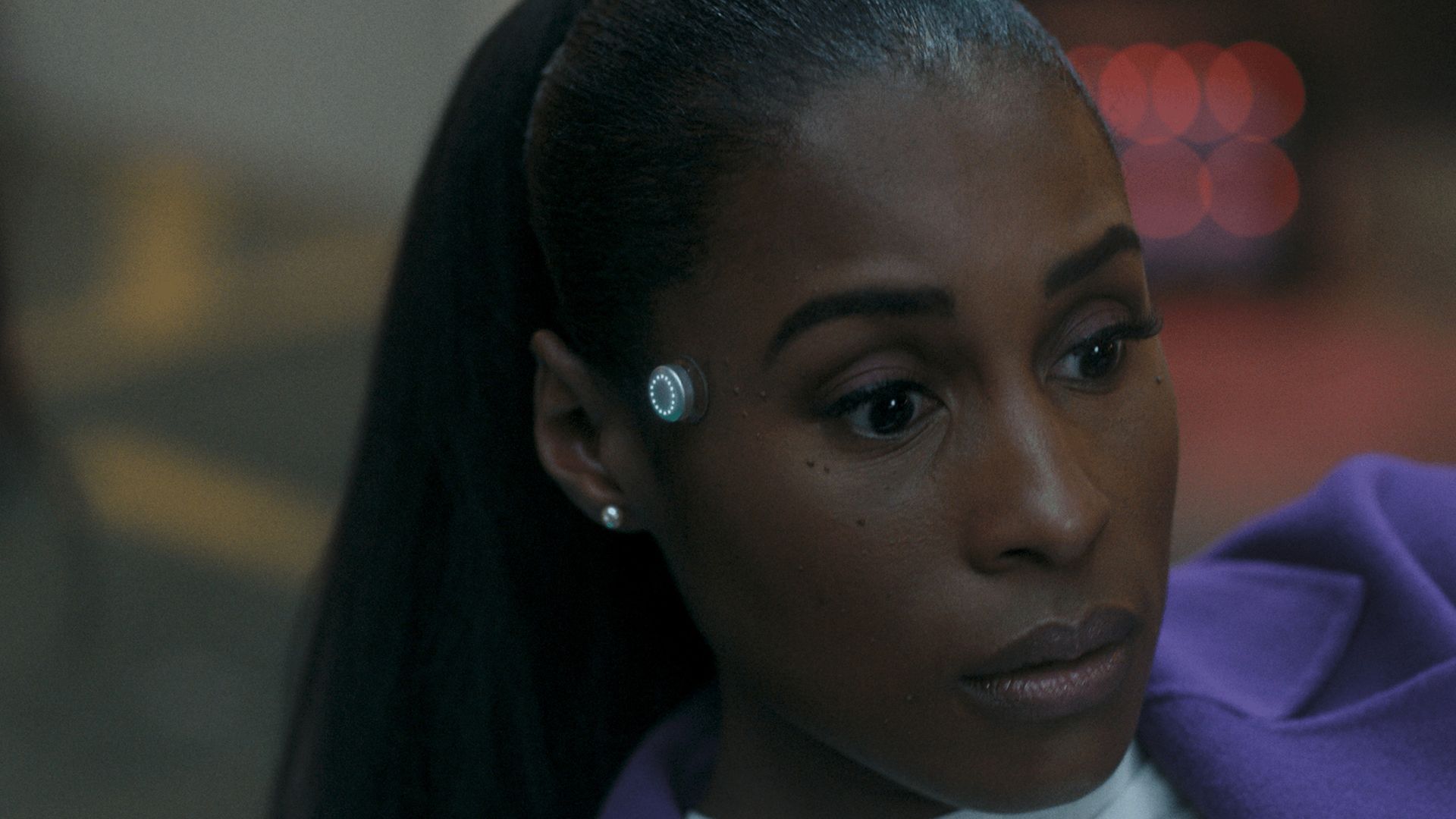Across seven seasons, Black Mirror has explored the myriad ways that technology has changed human life, for good or ill. While the prevailing tone in its early days was deep cynicism at the onslaught of technological advancement, the Netflix anthology series has softened somewhat, showing that while people may not be able to avoid the changes that are coming, they can still control how to use them.
After Season 6 made a couple of forays into horror (with mixed results), Season 7 brought Black Mirror back to the storytelling that has always made it so compelling, telling a suite of sci-fi stories that run the gamut from bleak to heartwarming to melancholy. But while its individual tales are diverse, one common theme unites all of Season 7’s six episodes: the evolving relationship between technology and consciousness. Each episode explores this relationship to different ends, but the overriding concept makes the season feel more cohesive than previous outings.
‘Black Mirror’ and the Mind/Body Connection
Season 7 examines the effect of technology on the conscious mind in both direct and abstract ways. Five of the season’s six episodes feature some kind of direct tech-to-brain uplink, while the sixth, “Bête Noire,” still deals with how technology can be used to alter the perception of reality. “Hotel Reverie,” “Plaything,” “Eulogy,” and “USS Callister: Into Infinity” all see characters using some kind of wearable tech that connects directly to their brain, hijacking their perception (or in the case of “Plaything,” the uplink comes courtesy of some light home surgery). In “Common People,” the tech is built right into the user’s brain, controlled via an integrated app where they can alter their moods or sensory experience with the touch of a slider.
It’s not hard to see why creator Charlie Brooker would want to explore this idea. More companies are experimenting with how to further integrate tech into daily life through wearable devices or, in the case of Neuralink, direct brain/computer interfaces. Black Mirror has always been great at taking things that exist in the real world and tweaking or expanding them to tell eerily plausible sci-fi stories.
Season 7 uses this emerging concept to probe the limits of consciousness and how humans’ relationship to reality is rooted in physical form. Consciousness is limited by the signals sent to the brain via sensory input, with the brain filling in the gaps based on past experiences or its previous understanding of the world. Black Mirror understands how this connection between the sensory perception of the outside world and the internal understanding can be intercepted by technology. Existence requires a certain amount of acceptance that what we’re experiencing is real, and the virtual worlds of Black Mirror only function because the user is able to buy into their altered reality.

Related
10 Most Underrated ‘Black Mirror’ Episodes You Shouldn’t Skip
They may not have the same popularity as the series’ most iconic episodes, but they remain essential to understanding ‘Black Mirror.’
Acceptance of Reality and the Limits of Memory
This is made literal in “Hotel Reverie,” where a tech company transforms an old movie into an elaborate interactive simulation that a new actor can inhabit. All the characters in the narrative are programmed to accept that Brandy Friday (Issa Rae) is Dr. Alex Palmer, and Brandy also has to accept what’s happening in order to sell the illusion. When the technology temporarily breaks down and Brandy falls for the movie’s simulacrum of actor Dorothy Chambers (Emma Corrin), she contemplates staying in this new reality at the expense of her physical body. In this case, the body acts as an inconvenient container for the mind.
The series also uses technological intervention to explore gaps in memory in “Eulogy.” It’s pretty well-known at this point that when someone remembers a past event, they’re not remembering the event itself, but rather the last time they remembered the event. This means that memory isn’t as reliable as we may hope for it to be, and technology could fill in those gaps for better or worse. The tech in “Eulogy” allows Philip (Paul Giamatti) to literally step inside his memories, limited to old photographs, and the holes in his recollection are visualized as pixelated blurs or scratched-out faces. The episode takes a more optimistic view of technology’s role in human life, as Philip is able to finally remember the face of his long-lost love with the help of the Eulogy tech.

Related
‘Black Mirror’ Season 7’s Bleakest Episode Satirizes an All-Too-Real Online Phenomenon
Beware: “Common People” is not for the faint of heart.
At a time when it’s becoming harder to know what’s true due to the rise of generative AI and deepfakes, it can be easy to lapse into cynicism about technology’s effect on society’s collective understanding of reality. But much like reality itself, the technology in Black Mirror Season 7 requires people to opt in (other than “Plaything,” where the decision is eventually taken out of everyone’s hands). While it may be difficult to resist, the characters largely have to choose to let the tech into their brains.
This acceptance extends out from the show and to the audience itself. When the series premiered in 2011, many of its concepts seemed pretty far-fetched. After 14 years of technological advancement, it’s become a whole lot easier to accept that the futures Black Mirror creates are just around the corner.

